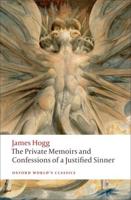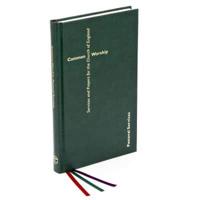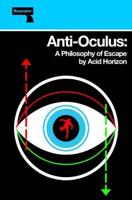Publisher's Synopsis
The sexual abuse scandals that exploded in 2002 shook a church already under stress in the U.S. Since the 1960s the number of priests and nuns has fallen, as has attendance at religious services. While more lay people have assumed leadership positions in the church's educational and health care operations, many parishes and parochial schools have been consolidated or closed. Through all this, conservatives have increasingly dominated the Catholic hierarchy in the United States. Why? Popular reaction against the cultural upheavals of the sixties played into the church's endorsement of traditional sexual values, and disenchantment with welfare programs helped turn Catholics once sympathetic to New Deal progressivism toward less liberal policies. Retrenchment has also prevailed in the internal politics of the church, despite growing popular support for optional celibacy among priests, the ordination of women, and similar changes. Though many have left the church, immigration has helped replenish the ranks of the faithful with predominantly traditional adherents. The demographic shift has in turn reinforced a culture of deference that impedes collective initiatives for reform. At the heart of Catholicism's resistance to change is the equation of hierarchical authority with inherited gender roles, especially the subordination of women. Age-old standards of sexual behavior are upheld as essential to cultural continuity and social order in and outside the church. The link between doctrinal tradition and institutional stratification makes reform of the church extraordinarily difficult. The Catholic Labyrinth traces the variably confrontational and incremental strategies of advocacy groups as they struggle to reconcile religious mores with the onslaughts of modernity.










